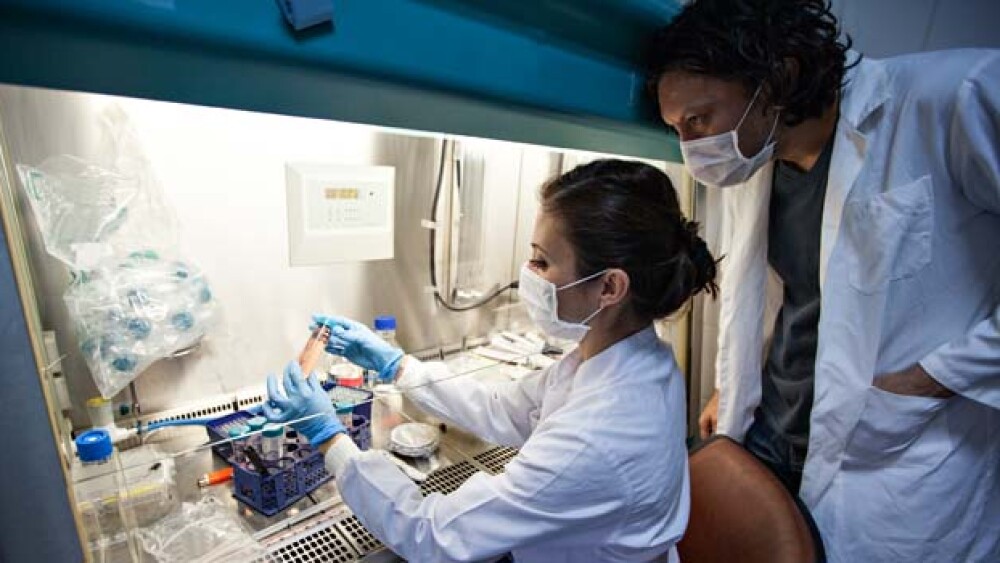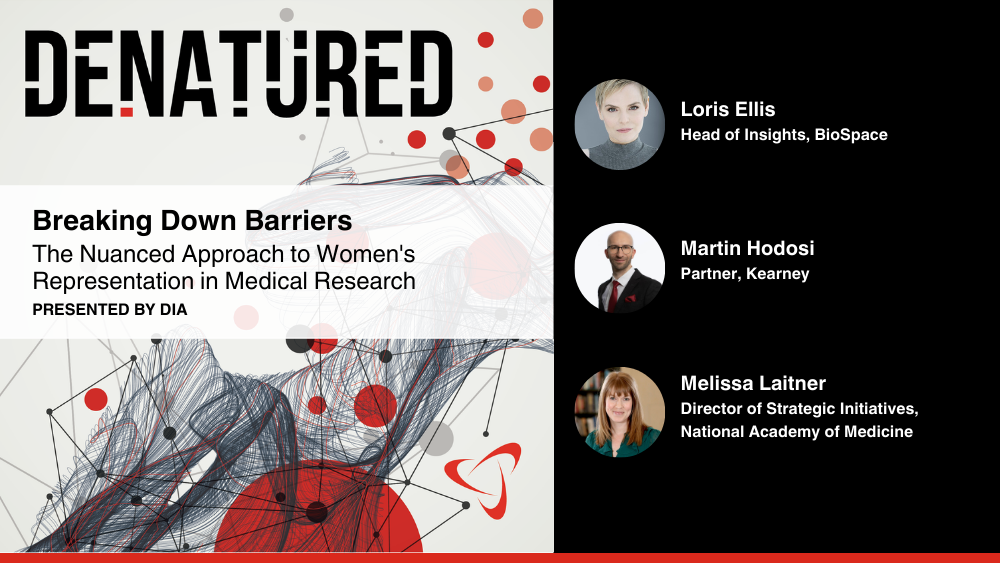For most biopharma sponsors, the crux of their challenge is how to identify an adequate number of evaluable patients to sufficiently power their late phase clinical research.
Differentiation is at the heart of all marketing strategies. For a service or product to stand out, marketing teams and the companies that employ them must figure out the unique position they need to occupy in their customer’s or prospect’s mind. In the high stakes of drug development, the hundreds of service companies supporting clinical trials offer strikingly similar solutions. Even the niche or stand-alone service companies often only offer a slimmer version of the overarching service portfolio offered by the larger contract research organizations (CROs).
For most biopharma sponsors, the crux of their challenge is how to identify an adequate number of evaluable patients to sufficiently power their late phase clinical research. In the last decade or so, companies have expanded the search for patients east and south as a means of gaining access to populations and in the hopes of keeping their trials to their targeted timeline.
Meanwhile, current statistics tell us that a whopping 97 percent of patients and physicians here in the U.S. will never participate in a clinical research study. [1] If we were able to tap into these patients and physicians, it would significantly help us meet the challenge of patient identification, reducing the need, expense and challenge of taking all trials global.
What prevents sponsors and research service companies from pursuing what seems to be an obvious potential solution to the conundrum of patient identification? Outside of observational trials, clinical research has traditionally avoided “research naïve” physicians fearing that they lacked training, resources and the desire to follow the highly regulated requirements of a clinical trial.
Alternatively, physicians have similar concerns that the burden of the research requirements is not suited to their practice workflow, and they fear losing money and valuable time that could have been used to see their non-research patients. A study conducted by the Tufts Center for the Study of Drug Development (TCSDD) in 2013 found that over half of physicians who file a 1572, the form required as part of participation in a clinical study, fail to file a second time. [2]
This chasm between untapped patients and community physicians and research is further illuminated in recent research from The Center for Information and Study on Clinical Research Participation (CISCRP) that found “that a majority of patients (84 percent) would consider participation in a clinical trial if recommended to do so by their physician.” [3] A survey conducted by TCSDD in 2015 and 2016 revealed that 71 percent of physicians believe that a clinical trial is a viable treatment option for their patients. [4] It would appear that the problem is not a lack of patients here in the U.S., but instead how to access them.
True differentiation may really be possible for the drug development industry if sponsors and service organizations look beyond approaches that only rely on academic research sites. Instead, sponsors and CROs should focus on the broader ecosystem and look for ways to ultimately tap into the larger prospective community of patients and physicians and proactively develop solutions that will overcome the challenges to research resistance. Those solutions must consider methods to assist community physicians with the bureaucratic and resource requirements of research.
If we have figured out how to take a clinical trial to India, China and Rwanda, certainly we should be capable of figuring out solutions within our own backyard. In the end, if we do this well, who wins? Likely everyone with a stake in this fight: the sponsors looking for evaluable patients, service companies who can focus more deeply on supporting the site during the conduct of the trial, a broader community of physicians who can stay abreast of the latest treatments for diseases, and the patients who can remain with their existing physician and can be offered the hope of access to potentially lifesaving therapies.
[1] “Talking About Trials: Overcoming Bottlenecks in Clinical Communication.” National Cancer Institute at the National Institutes of Health, May 10, 2010.
[2] “Global Site Landscape Remains Highly Fragmented With Variable Performance.” Tufts Center for the Study of Drug Development Impact Report Volume 15(2). March/April 2013.
[3] “Enabling Healthcare Providers as Facilitators of Patient Engagement,” Ken Getz. Applied Clinical Trials, Oct. 1, 2017.
[4] “Poor Physician and Nurse Engagement Driving Low Patient Recruitment.” Tufts Center for the Study of Drug Development Impact Report Volume 19(1). January/February 2017.
Mary Costello has worked in health care and clinical development for more than 30 years. She started her career at Mid Atlantic Medical Services (now a part of UnitedHealthcare) and has held leadership roles at Covance, Thermo Fisher and eClinical Solutions. Currently, she is the vice president of clinic development and patient advocacy at Elligo Health Research, whose mission it is to provide all patients and physicians the opportunity to participate in clinical trials through advanced health care informatics.






